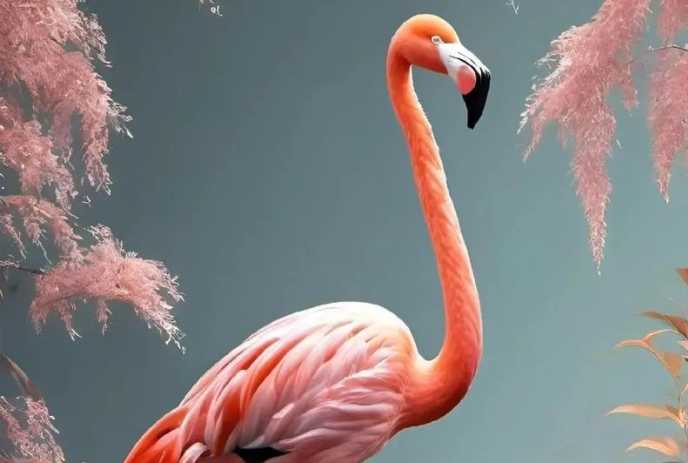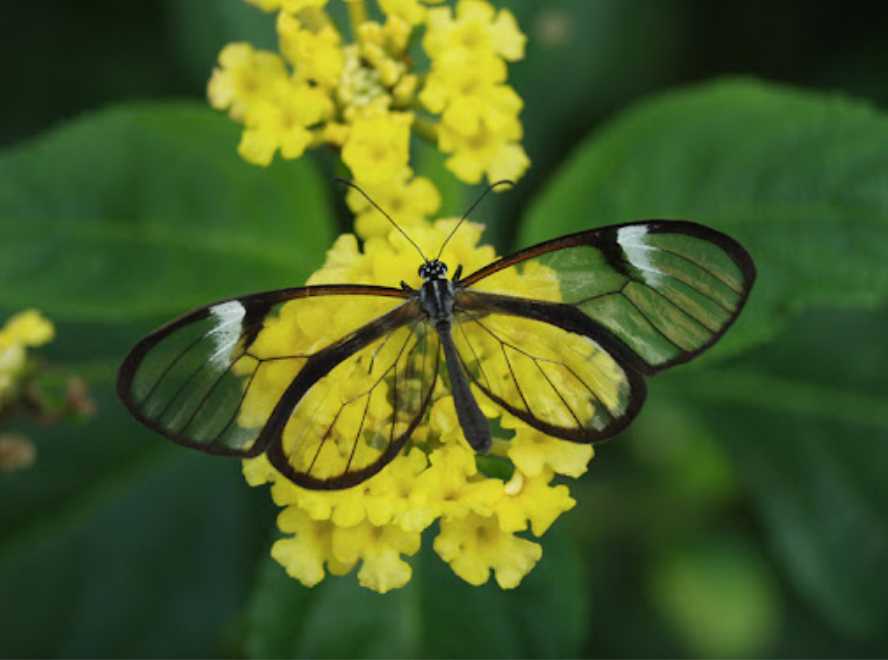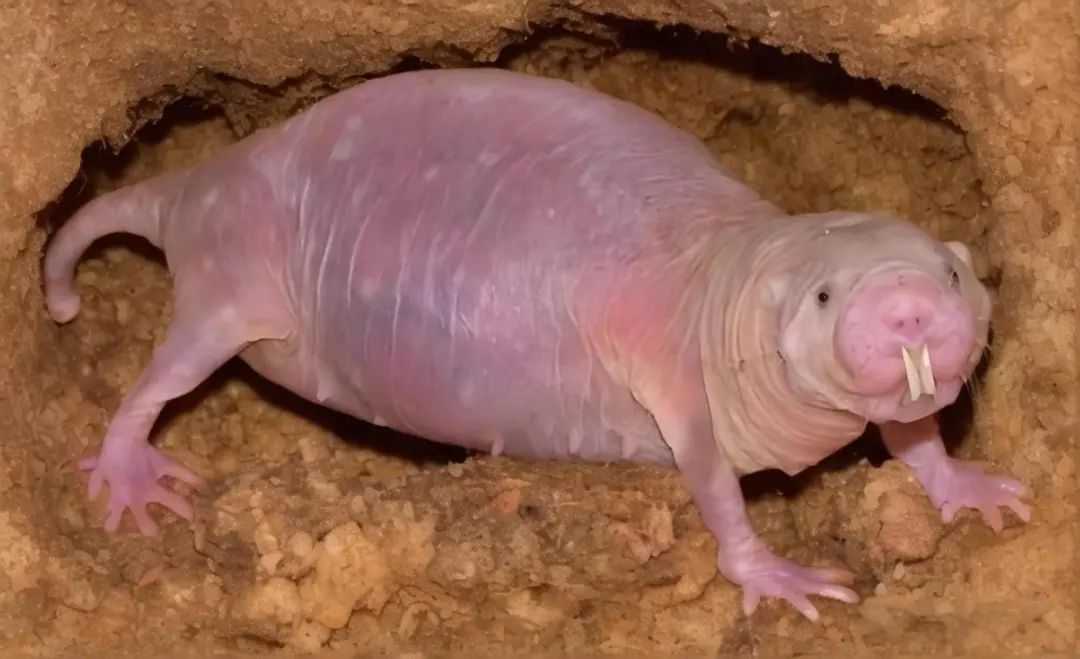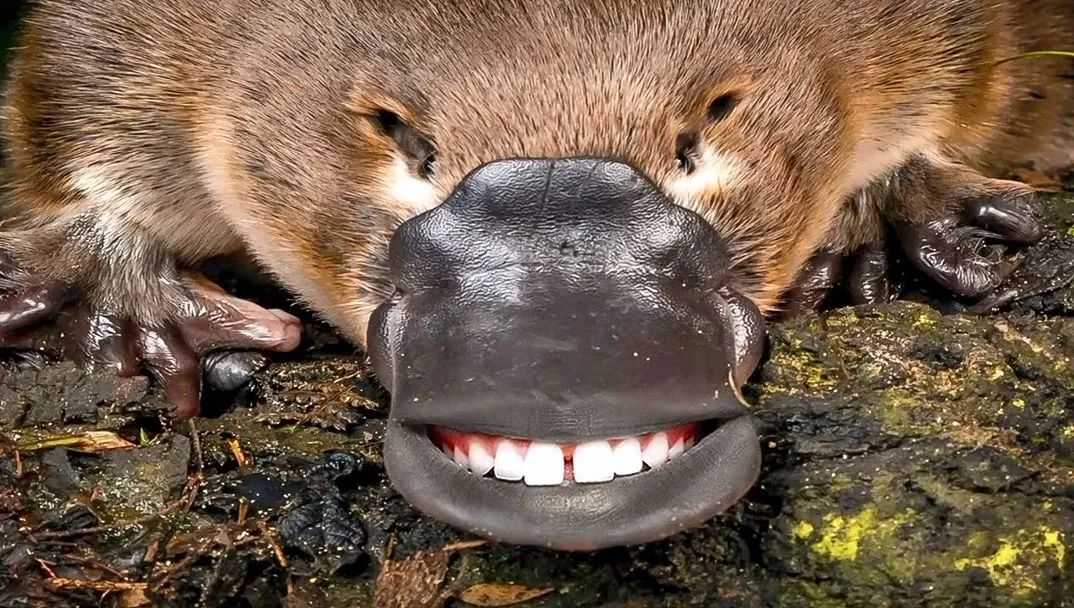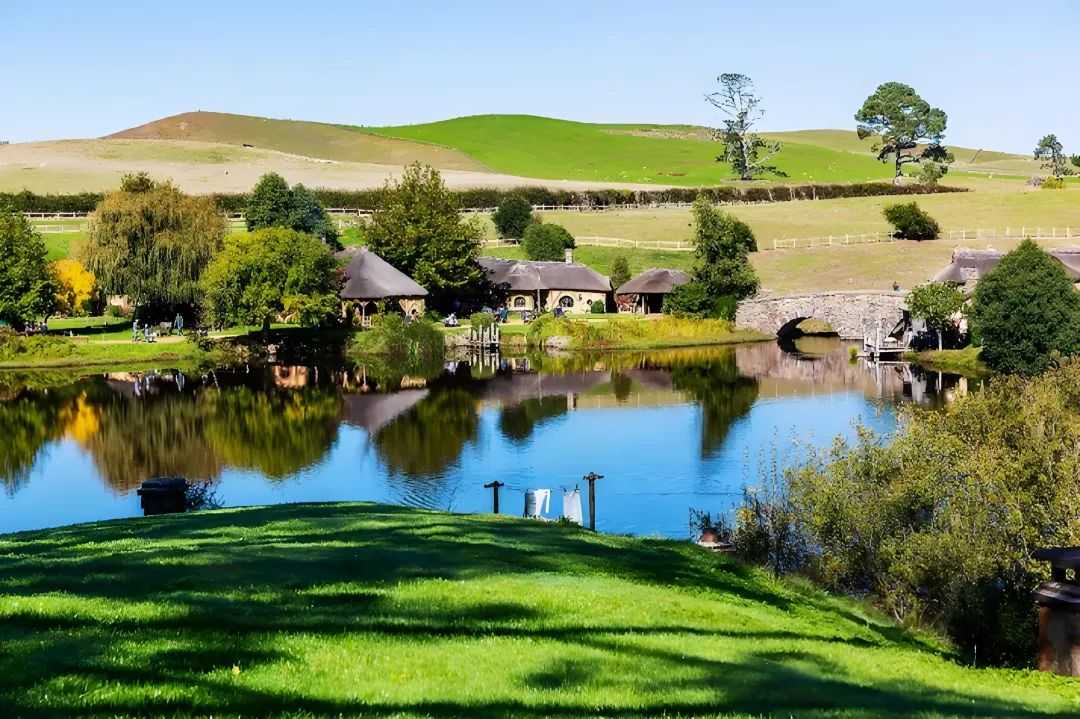The Flamingo: Nature’s Pink Ballet Dancers and Solar Symbols
Scientifically classified under Phoenicopteridae, flamingos are majestic wading birds spanning 1–2 meters in length, comprising 3 genera and 6 species. Inhabiting salt lakes and marshy shallows across Africa, South America, and India, these social birds form massive flocks, feasting on algae and shrimp. Revered by the ancient Greeks as incarnations of Apollo, the sun god, their elegance has captivated human imagination for millennia.
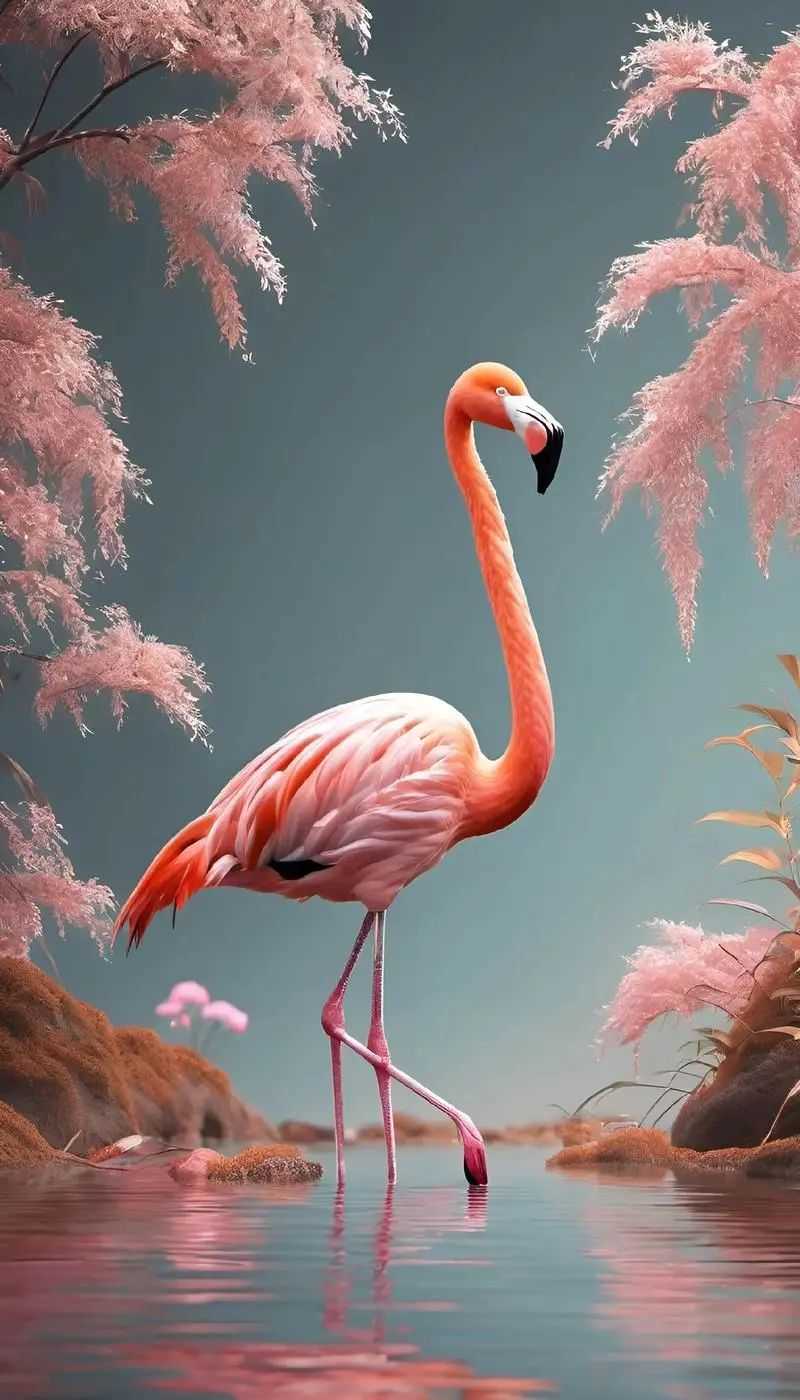
Source: Images from the Internet, if there is any infringement, please contact the removal of
The flamingo’s grace lies in its architectural form: a sinuous S-shaped neck, stick-thin legs, and a hunched posture that transforms into poetry when it sleeps on one leg. "They stand like pink marble statues, balancing with the poise of ballet dancers," notes ornithologist Dr. Clara Benitez. Their signature pink plumage, derived from carotenoid pigments in their diet, shimmers in sunlight—paler in juveniles, deepening to coral in adults. When thousands flock together, the landscape blushes as if painted by a sun god’s hand.
This avian elegance serves practical purposes: the long neck allows reaching deep into water, while webbed feet stir up prey. Their upside-down bill, equipped with comb-like lamellae, filters tiny organisms from the muck—a design as functional as it is beautiful. "What seems like a pose is actually a survival strategy," says wildlife biologist James Okello. "That single-leg stance conserves body heat, and the neck’s curve optimizes feeding."
In modern culture, flamingos symbolize grace and resilience, thriving in hypersaline environments where few others can. Their collective displays, from synchronized feeding to courtship dances, resemble living ballets. "Watching a flock take flight is a study in harmony—pink wings beating in unison, necks stretched like arrows," says photographer Maya Singh. "The Greeks weren’t wrong; they do seem touched by the sun, turning ordinary wetlands into stages for nature’s most elegant performance."
Conservation efforts focus on protecting their fragile habitats, as climate change and habitat loss threaten these living pink wonders. For scientists and observers alike, the flamingo remains a testament to nature’s ability to blend utility with artistry—proof that sometimes, the most efficient survival strategies are also the most beautiful.
-------- END --------
